- +353 (0)45 866266
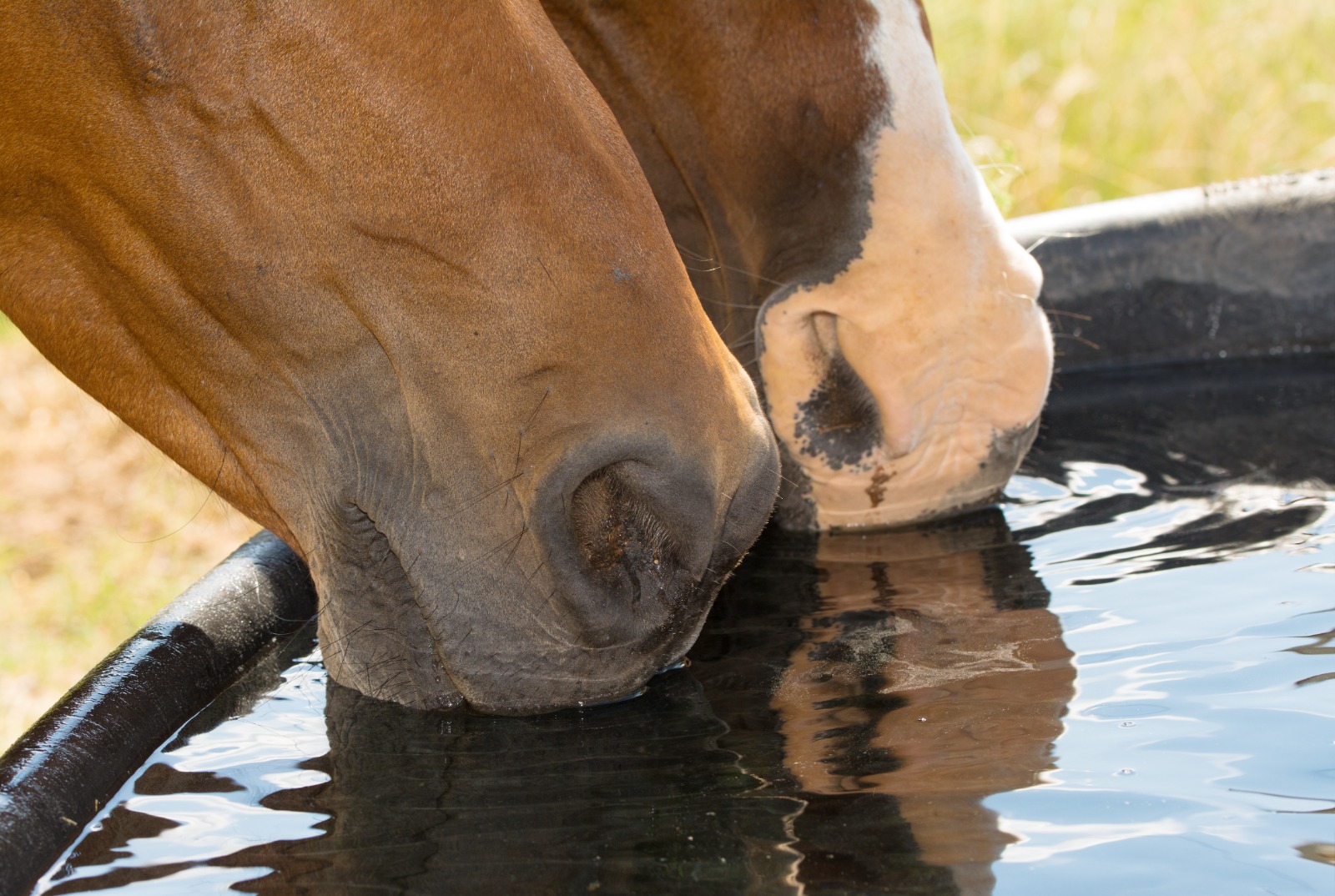
Clean, non-contaminated water is just as essential for animals as it is for humans. Poor water quality is something that can be overlooked when investigating causes of poor performance. A high bacterial content in particular can affect all animals, especially young stock.
Regular maintenance of wells is important to avoid illness as the water quality can fluctuate greatly as a result of heavy rainfall, drought, surrounding agriculture, and the time of year. Contamination is not always recognisable by taste, smell or even the colour of the water. It is recommended that private well water be tested at least once a year.
We have devised two water testing package options to cover a basic and comprehensive analysis of both well and mains water samples.
Advice on water testing, in addition to interpretation of results, is one of the many services we offer.
Water testing kits are available on request.
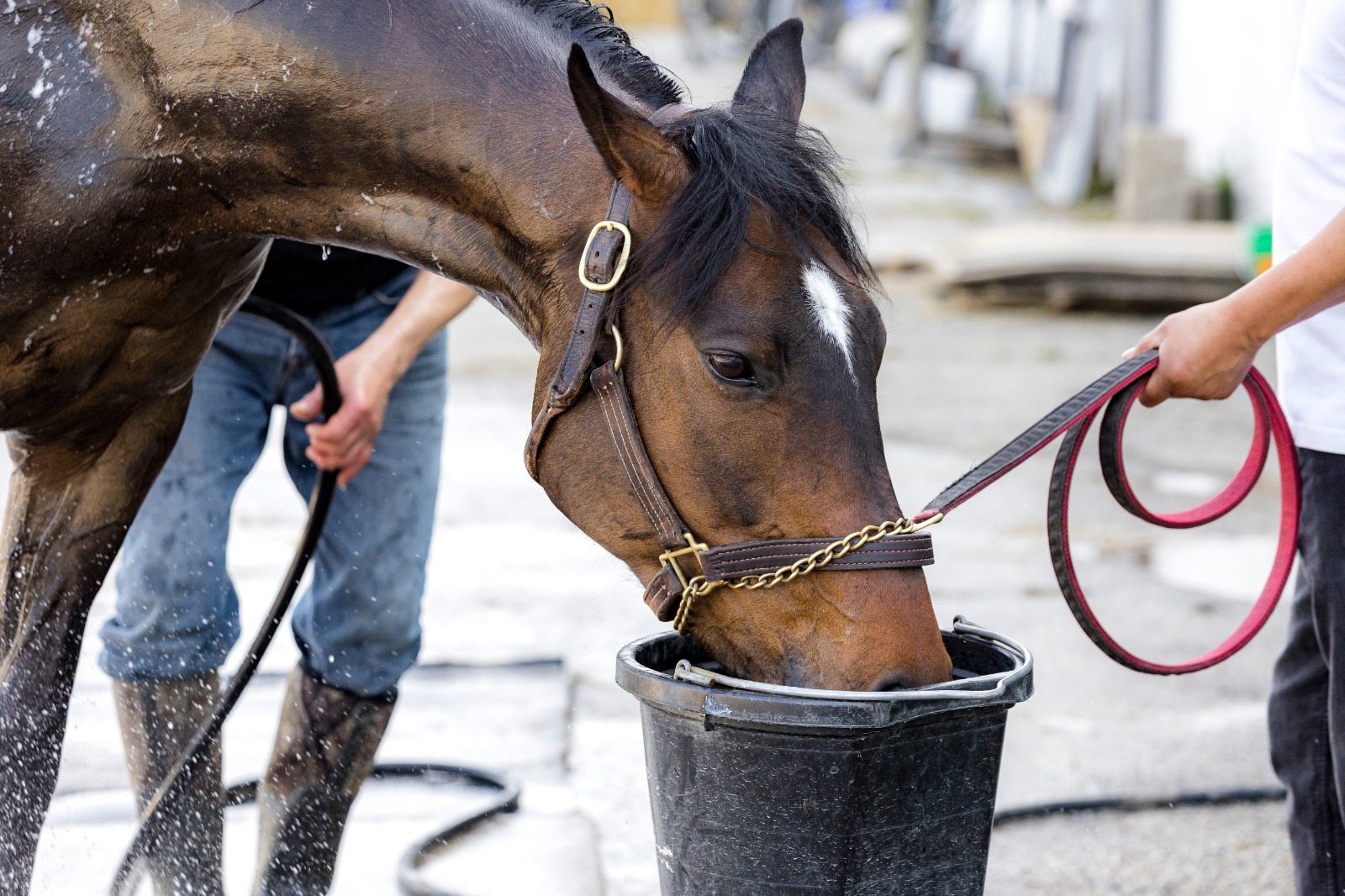
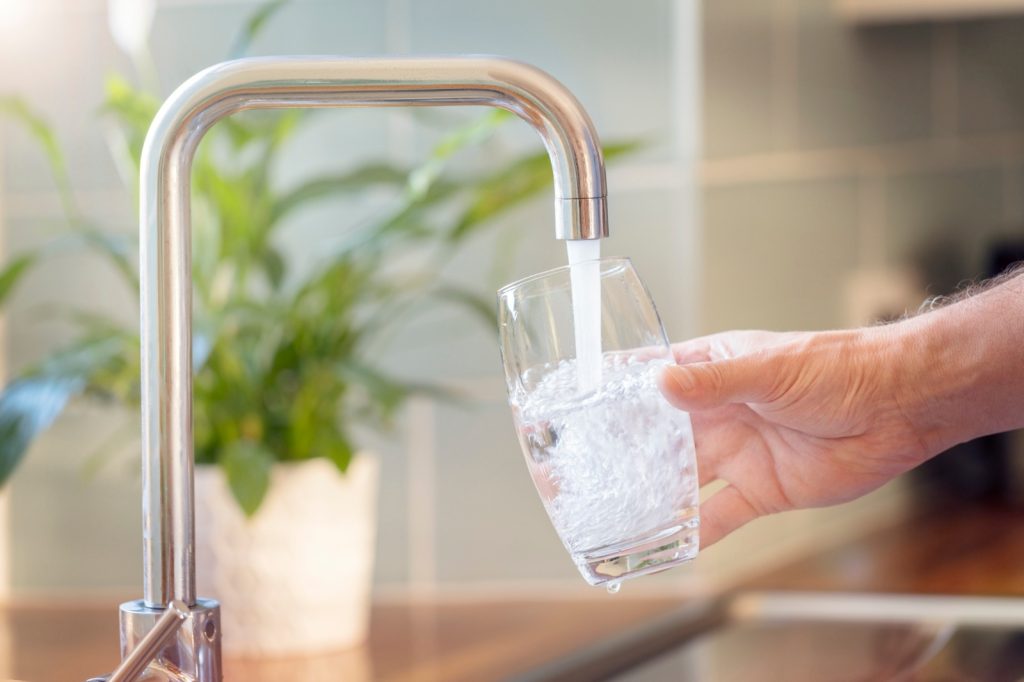
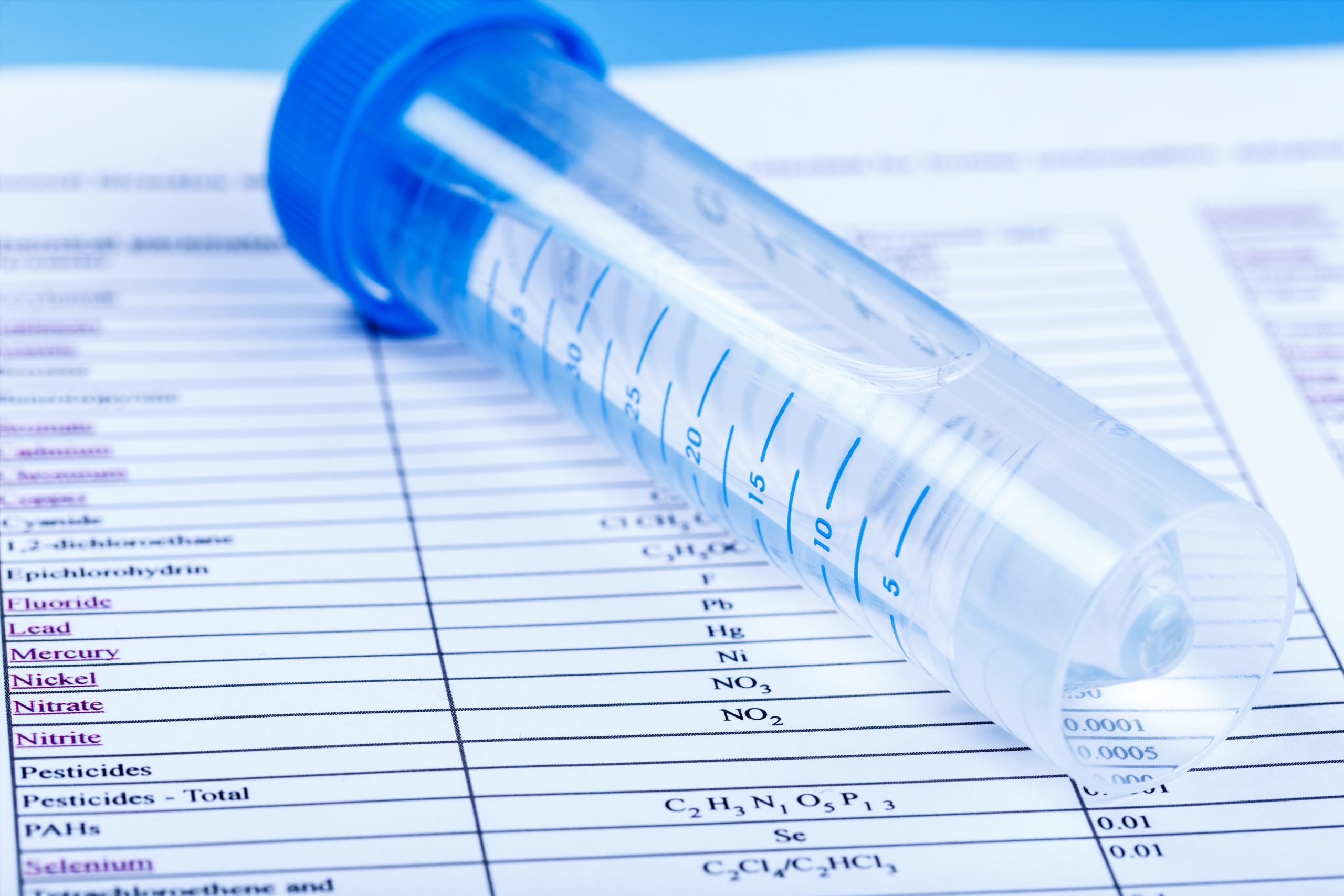
The Environment and Nutrition department carries out chemical analysis on water samples using several techniques. The purpose of the chemical analysis is to check that the water meets the recommended guidelines outlined in EU Directive 98/83/EC and identify any contaminants that may be present in the water supply that are harmful to human and animal health. We provide a variety of ISO17025-accredited parameters for drinking water.
Our comprehensive package includes alkalinity, ammonia, calcium, chloride, conductivity, copper, fluoride, iron, hardness, lead, magnesium, manganese, nitrate, nitrite, pH, potassium, sodium, sulphate, TDS, turbidity. Our basic package includes ammonia, chloride, conductivity, fluoride, iron, hardness, lead, manganese, nitrate, nitrite, pH, sulphate.
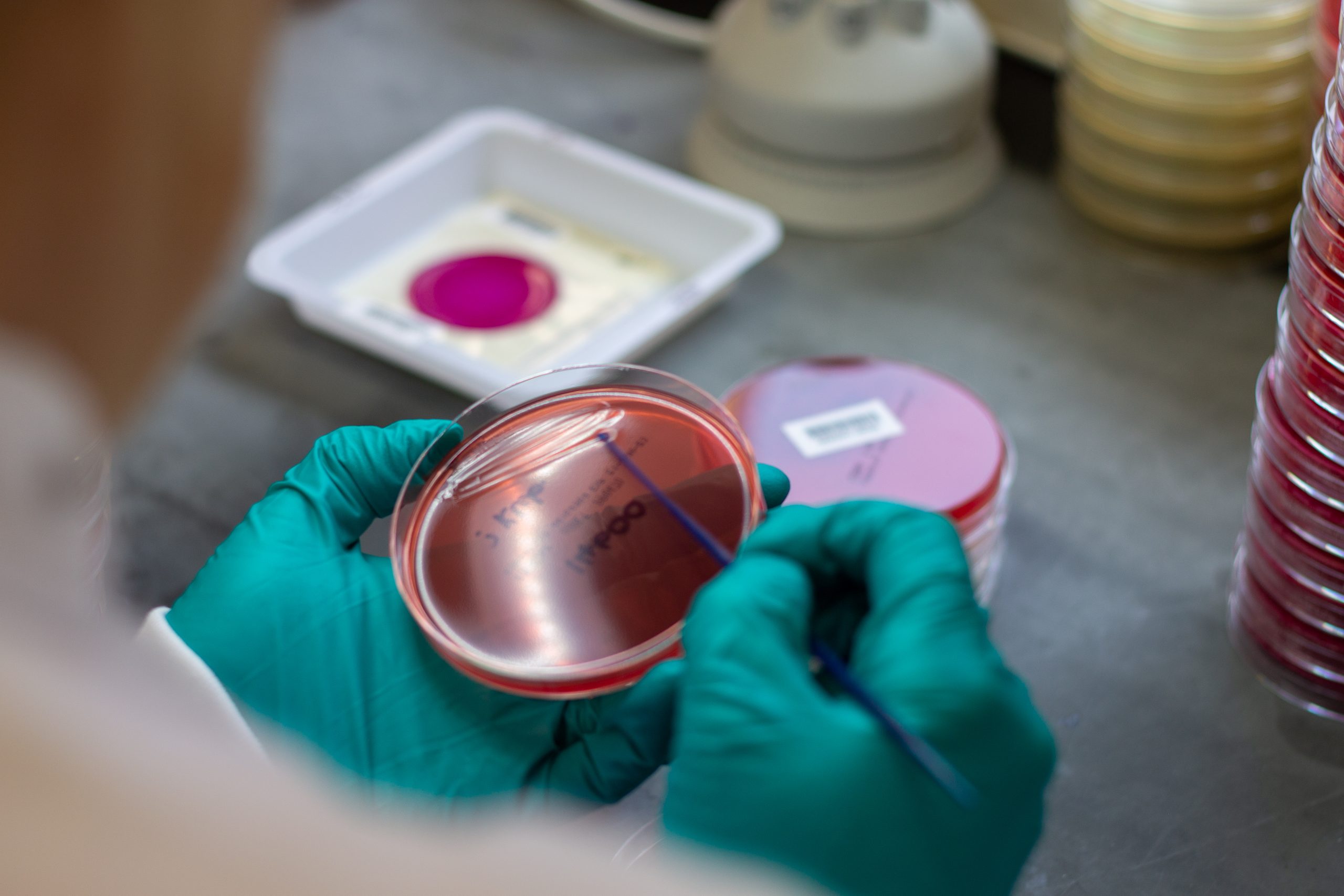
Microbiological testing of water involves membrane filtration and is applicable to waters from a wide range of sources including potable waters, pool waters and surface waters. The negative pressure membrane filtration method is used for the enumeration of coliforms, Escherichia coli and Enterococci, and the detection of Clostridium perfringens, sulphite reducing bacteria, Pseudomonas aeruginosa and other bacteria as may be necessary in various water samples. This method is based on the Health Protection Agency (HPA) Standard Method (W1), issued by the Standards Unit, Evaluations and Standards Laboratory in conjunction with the Regional Food, Water and Environmental Co-ordinators Forum.
Our comprehensive bacterial analysis package includes E. coli and coliform, faecal E. coli and enterococci, and TVC (total viable count) at 22◦C and 37◦C, which provides an excellent overall assessment of the water quality from a bacterial perspective. Our basic package includes coliforms, E. coli and TVC at 22◦C.
Sign up for our newsletter and keep up to date with industry news!
Sign up for our newsletter and keep up to date with industry news!
Privacy Policy | Terms & Conditions
© Copyright Irish Equine Center. All Rights Reserved | Designed by DMC Consultancy LTD